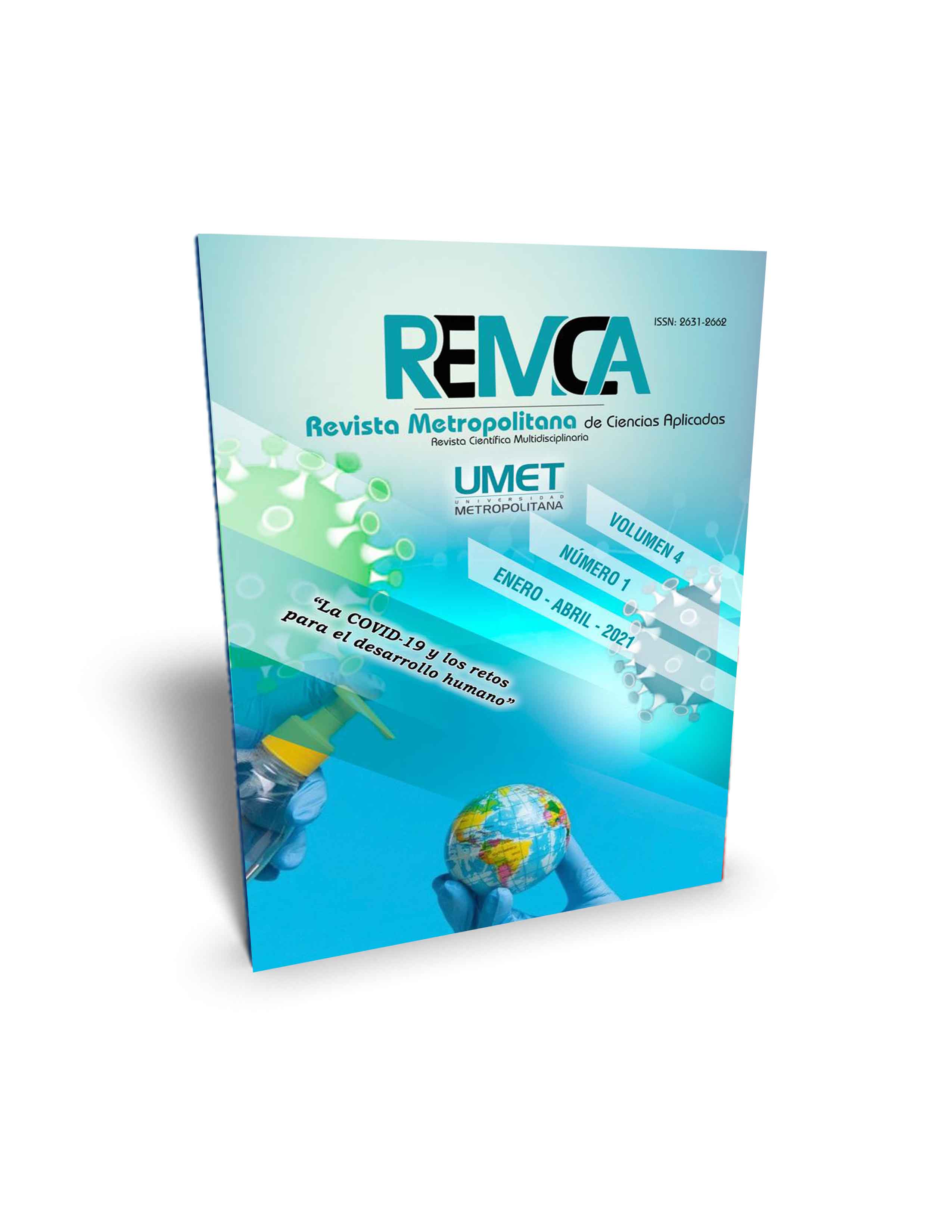Translation techniques and strategies in the teaching of english to foreign language professors
DOI:
https://doi.org/10.62452/b9c7qc85Keywords:
Strategies, English, techniques, translationAbstract
The following paper presents an analysis about the use of different translation strategies and techniques as tools in the teaching of English for professors of foreign languages. Translation, as well as grammar and phonetics, is one of the basic procedures of great importance in the teaching of English, although over the years the viewpoints about the topic have been changing. The teaching of translation is a constant in foreign language syllabi, implementing new teaching methods based on new theoretical and practical orientations emerged over the years. The objective of the paper is to approach theoretical aspects about different translation techniques and strategies and the benefits they bring to the training of foreign language teachers in Cuba. The main results show a positive change in the use of translation techniques and strategies by students of English language
Downloads
References
Abreus González, A. (2020). La enseñanza de la traducción inversa. Reflexiones didácticas. Revista Electrónica de Formación y Calidad Educativa, RefCALE, 8(1), 214-223.
Abreus González, A., & Cima Mesa, D. (2013). De la teoría a la praxis en el uso de estrategias de traducción del inglés al español. Revista Ciencias Pedagógicas, (3).
Brinton, E., Cruz, E., Ortiz, R., & White, C. (1981). Translation Strategies. MacMillan Publishers.
Cima Mesa, D., & Abreus González, A. (2016). La traducción oral a simple vista en los Licenciados en Lengua Inglesa. Apuntes didáctico-metodológicos. Revista Conrado, 12(54), 23-29.
De la Cruz Trainor, M. M. (2004). Traducción inversa: una realidad. Revista TRANS, 8.
Díaz Lino, E. (2017). Análisis de las técnicas de traducción utilizadas en catalán y castellano para los términos propios del universo que inventa Patrick Rothfuss en The name of the Wind. (Tesis de grado). Universitat Autonoma de Barcelona.
Gerding-Salas, C. (2000). Teaching Translation. Translation Education, 4(3).
Gil Bardají, A. (2004). Procedimientos, técnicas, estrategias: operadores del proceso traductor. Recercat.
Serra Heredia, A. (2012). La traducción como recurso para la enseñanza del inglés en una clase de 1º de bachillerato. (Tesis de Maestría). Universidad Internacional de la Rioja.
Downloads
Published
Issue
Section
License
Copyright (c) 2021 Mario Sergio Fabián Vega, Adrian Abreus González (Autor/a)

This work is licensed under a Creative Commons Attribution-NonCommercial-ShareAlike 4.0 International License.
Authors who publish in Revista Metropolitana de Ciencias Aplicadas (REMCA), agree to the following terms:
1. Copyright
Authors retain unrestricted copyright to their work. Authors grant the journal the right of first publication. To this end, they assign the journal non-exclusive exploitation rights (reproduction, distribution, public communication, and transformation). Authors may enter into additional agreements for the non-exclusive distribution of the version of the work published in the journal, provided that acknowledgment of its initial publication in this journal is given.
© The authors.
2. License
The articles are published in the journal under the Creative Commons Attribution-NonCommercial-ShareAlike 4.0 International License (CC BY-NC-SA 4.0). The terms can be found at: https://creativecommons.org/licenses/by-nc-sa/4.0/deed.en
This license allows:
- Sharing: Copying and redistributing the material in any medium or format.
- Adapting: Remixing, transforming, and building upon the material.
Under the following terms:
- Attribution: You must give appropriate credit, provide a link to the license, and indicate if any changes were made. You may do this in any reasonable manner, but not in any way that suggests the licensor endorses or sponsors your use.
- NonCommercial: You may not use the material for commercial purposes.
- ShareAlike: If you remix, transform, or build upon the material, you must distribute your creation under the same license as the original work.
There are no additional restrictions. You may not apply legal terms or technological measures that legally restrict others from doing anything the license permits.




